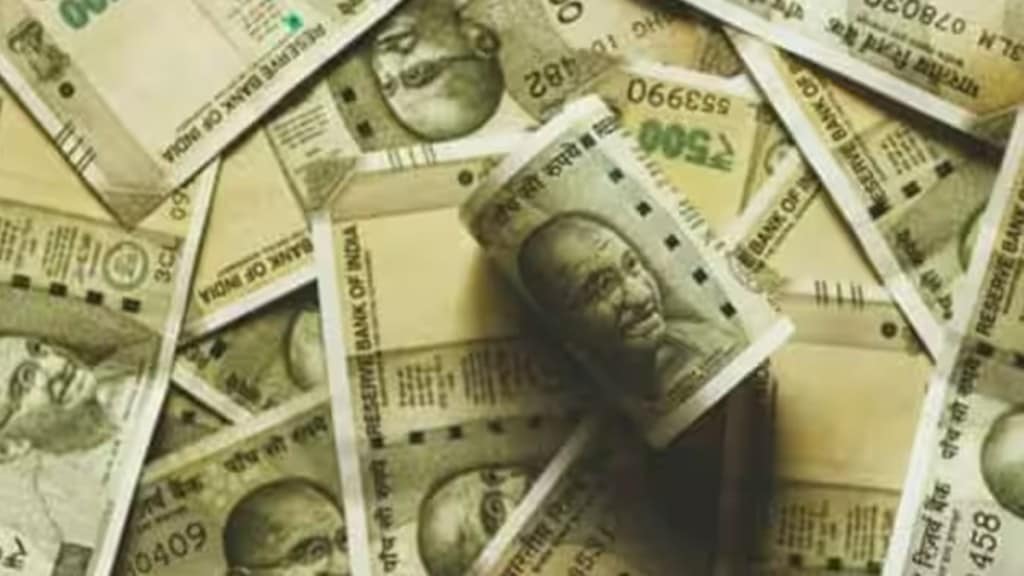Finance Minister Nirmala Sitharaman will present the Budget for the fiscal year 2024-25 in the Parliament on February 1. This will be the sixth consecutive year for the finance minister to present the Budget under the Modi-government. Given that the Lok Sabha elections are scheduled for early next year, the finance minister will present the interim Budget instead of a full-year Budget. The interim Budget, a parliamentary norm during election years, allows the government to cover expenses until the new government takes charge.
While the Budget includes the income and expenses of the central government for the upcoming financial year and has something for everyone – common man to businessmen, employees, and women, there are things in the Budget that affect the entire economy. One such thing is the ‘fiscal deficit’.
So what really is the fiscal deficit?
One of the most important numbers in the Budget speech of the finance minister is the fiscal deficit. A fiscal deficit is a shortfall in a government’s income compared with its spending. The difference between total revenue and total expenditure of the government is termed as fiscal deficit. It is an indication of the total borrowings needed by the government.
Generally, fiscal deficit takes place either due to revenue deficit or a major hike in capital expenditure and capital expenditure is incurred to create long-term assets such as factories, buildings and other development. Usually, a deficit is financed through borrowing from either the central bank or by raising money from capital markets by issuing different instruments like treasury bills and bonds.
An increase in the fiscal deficit means that government borrowings will increase and if that happens, the government will have to pay more interest, which is why it is very important to keep the fiscal deficit under control for the economy to grow.
Meanwhile, the central government has said that it is confident of achieving the FY24 fiscal deficit target of 5.9 per cent of the GDP and is committed to lowering it to 4.5 per cent of GDP by FY26. The finance minister had stated that the fiscal deficit is estimated to be 5.9 per cent of GDP in BE 2023-24. To finance the fiscal deficit in 2023-24, the net market borrowings from dated securities are estimated at Rs 11.8 lakh crore. The balance financing is expected to come from small savings and other sources. The gross market borrowings are estimated at Rs 15.4 lakh crore. In Budget Estimates 2023-24, Nirmala Sitharaman had stated that the total receipts other than borrowings and the total expenditure are estimated at Rs 27.2 lakh crore and Rs 45 lakh crore respectively. Moreover, the net tax receipts are estimated at Rs 23.3 lakh crore.
In the Revised Estimate 2023-24, the finance minister had stated that the total receipts other than borrowings is Rs 24.3 lakh crore, of which the net tax receipts are Rs 20.9 lakh crore. The Revised Estimate of the total expenditure is Rs 41.9 lakh crore, of which the capital expenditure is about Rs 7.3 lakh crore. The Revised Estimate of the fiscal deficit is 6.4 per cent of GDP in RE 2022-23, adhering to the Budget Estimate.
So far in the current fiscal, the government has realised about Rs 10,050 crore through disinvestment in various Central Public Sector Enterprises (CPSEs), Minister of State for Finance Bhagwat Karad said in the Lok Sabha. India’s fiscal deficit in the first seven months of the financial year ending on March 31, 2024 was Rs 8.04 trillion or 45 per cent of the estimate for the whole year, according to data released by the government. He had further added that the government has collected only Rs 100.5 billion from selling stakes in government-run firms as of December 13, against its full-year target of Rs 510 billion.
Earlier, a Reuters report had said that the government could miss its stake sale target for the fifth year, and will struggle to raise even half of the proceeds it had targeted from planned sales of state-run firms this year.

